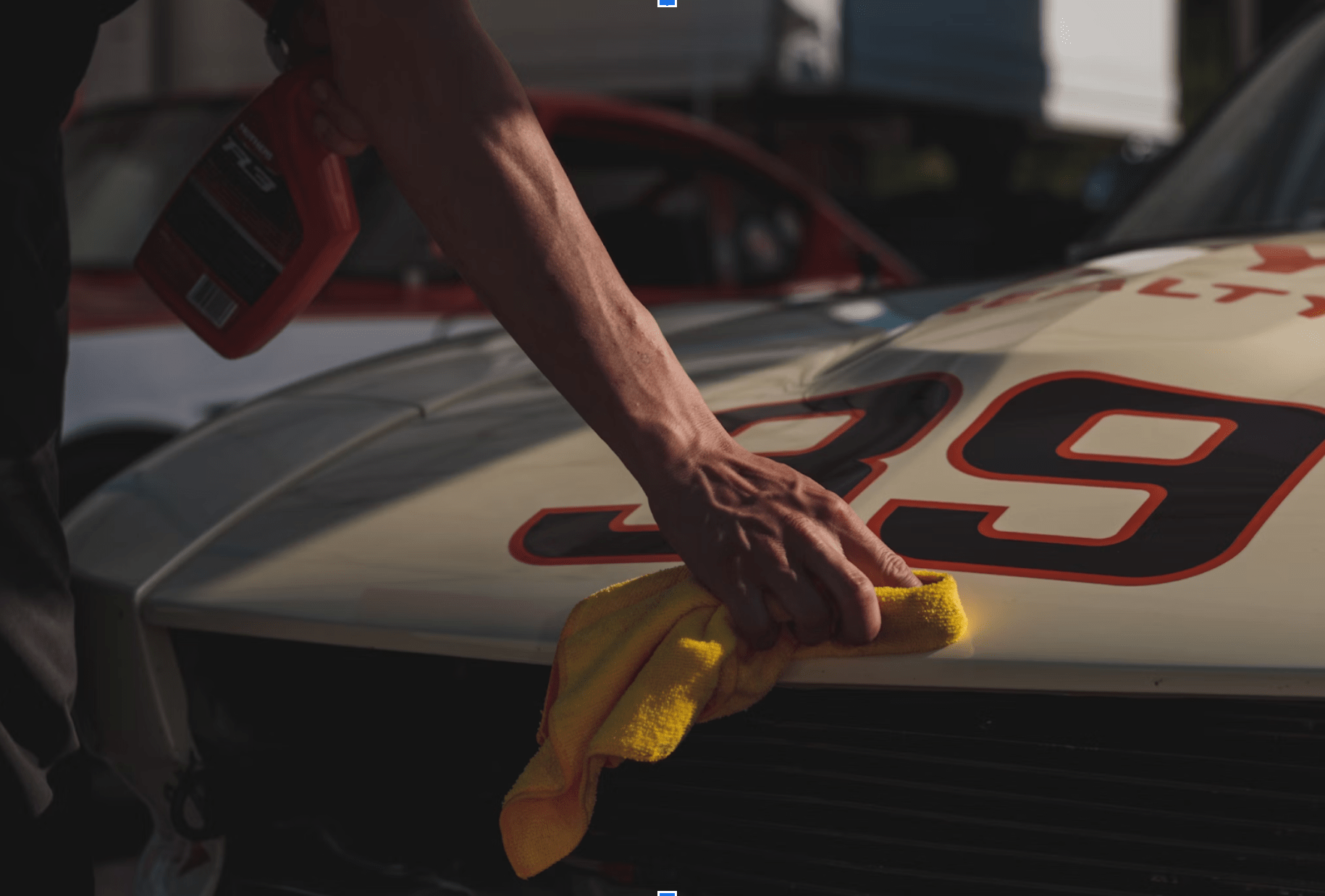Why Street Racing Isn’t Coming Back to Fast and Furious

I get comments and questions about ten times a day on my Instagram about this: why isn’t street racing coming back to the franchise? In the simplest of terms, street racing movies don’t make money – action films make money. Let’s look at the box office history of the Fast and Furious movies as of late 2018:
#1. Furious 7 (2015)
Production Budget: $190,000,000
Domestic box Office: $351,032,910
WorldWide box Office: $1,526,748,684
#2. The Fate of the Furious (8) (2017)
Production Budget: $250,000,000
Domestic box Office: $225,767,765
WorldWide box Office: $1,237,444,462
#3. Fast & Furious 6
Production Budget: $160,000,000
Domestic box Office: $238,679,850
WorldWide box Office: $789,300,444
#4. Fast Five (2011)
Production Budget: $125,000,000
Domestic box Office: $209,837,675
WorldWide box Office: $629,969,804
#5. Fast and Furious (2009)
Production Budget: $85,000,000
Domestic box Office: $155,064,265
WorldWide box Office: $363,064,265
#6. 2 Fast 2 Furious (2003)
Production Budget: $76,000,000
Domestic box Office: $127,120,058
WorldWide box Office: $237,410,607
#7. The Fast and The Furious (2001)
Production Budget: $38,000,000
Domestic box Office: $144,512,310
WorldWide box Office: $206,512,310
#8. The Fast and The Furious: Tokyo Drift (2006)
Production Budget: $85,000,000
Domestic box Office: $62,615,510
WorldWide box Office: $157,794,205
Notice that the movies that focus on street racing rank dead last on this list. Proof positive that although we car fans like those movies more, audiences both in the U.S. and globally want to see action movies. The bigger the action, the bigger the box office.
Why Audiences Don’t Want to See Street Racing Movies
I hate to be the bearer of bad news, but globally, you have to think about the number of people who think about cars as nothing more than transportation vs. the number of people who love cars. People who are truly into cars are actually a tiny fraction of the global population. Just think about where you live: out of the entire town’s population, how many of your neighbors are actively building or playing with cars? How many go to car events?
The numbers are very small.
In other countries like those in Europe, South America or Southeast Asia, the car tuning and modifying habit is much smaller than it is here in America. That’s an important clue to help you understand why big studios are smarter to focus on movie audiences’ true preferences and overwhelmingly, movie audiences want action films.
The simple fact is that although car people (including me) think that the whole world cares about cars, racing, drifting and the like, the reality is that the audience is much smaller than we imagine.
It makes sense for any studio to produce a movie that appeals to as wide an audience as possible. The larger the audience, the more money you make, right? As such, it stands to reason that a movie that focuses largely on street racing isn’t going to draw as large an audience as a movie that has other story elements.
More Evidence
There was a movie released in 2007 called “Redline” that seemed to check off all the boxes for car fans: Crazy cars? check. Crazy driving? Check. Singularly focused on cars and racing as the central element of the movie? Check. Want to guess on the results?
| Domestic Box Office: | $6,881,022 | |
| Foreign Box Office: | $1,386,357 |
|
The movie was well promoted and hyped and had a production budget of $26 million and made barely $2 million USD. That’s a $24 million dollar loss.
O.k., I know what you’re saying: ‘oh, by this time, Universal was dominating with “car movies” so no one wanted to see that cheesy little movie.’ But wait, aren’t some people screaming that true car movies would do better than action movies? This is more evidence against that argument.
You Can Watch For Free
If you want to watch street racing, you can watch it for free, 24 hours a day, 7 days a week, on YouTube. I think most will agree that the only thing more boring than two 15-second cars drag racing is WATCHING two 15-second cars drag racing.
I’ll use data again to support this conclusion:
Back in the early 2000’s, there were no less than FOUR professional, import-only drag racing series around the country:
- National Import Racing Association (NIRA)
- International Drag Racing Circuit (IDCR)
- Battle of the Imports
- Nopi Drag Racing Association (NDRA)
I personally served as Executive Director on NIRA and I Co-Founded the NDRA…I know the numbers. Import drag racing was doomed by 2004. There were no fans and stands and the racer rosters were starting to dwindle so the continued assertion that ‘people would rather watch car racing movies’ is not supported by any data.
The Favorite Argument FOR Street Racing
Perhaps the favorite argument in favor of bringing back street racing into the movies is that it would draw a huge audience. The math proves otherwise. If you’ve ever been to a sanctioned drag race night at your local drag strip, take a look at how many people are sitting in the stands…not many, right?
How then, can you expect Universal to fill a movie theater with enthusiastic audiences when no one shows up at real life drag racing?
Then the argument goes, ‘well, there are mobs of people at illegal street races.’ Maybe, but as we all know, many of those street racing events are really takeovers, burnout fests and donut contests.
Some young people might think its cool, but doing a donut takes no real talent…and Universal isn’t about to build a movie about people driving around in circular clouds of smoke.
This Isn’t Racing – This is Playing Grab-ass
Can’t Make a Movie Out of This
Videos produced by folks at 1320 Video are quite good, but no one’s going to pay $15 to sit in a movie theater watch roll racing that they can get online for free. It’s just a fact. Even if you could get some people to buy into this, the audiences would be way too small.
All studios including Universal, are smart enough to know that it takes many things to bring in an audience:
- Characters that audiences can identify with;
- A thrilling plot;
- Stunning cinematography;
- A message or a lesson;
- A climax;
- A resolution;
Universal is smart enough to chase big audiences using big stars and stunning special effects. In several of their films, that have included at least one street racing and where they haven’t, they’ve included wild car stunt sequences. But to argue that these movies are no longer car movies is nothing short of absurd. Name one other franchise where you can so many amazing cars from so many genres in one film? You can’t, because Universal has set the bar so high, it will likely never be matched.
Street racing movies don’t make and can’t make money, at least, not at the same scale action films make money.
As long as the box office numbers are strong, I don’t expect Universal to change their approach.
So How Could Street Racing Make a Comeback?
I think a suitable compromise could be found in perhaps the last movie. Here’s why: Universal has pretty much used up the idea of crazy stunts, missiles, jumping from buildings and that nonsense. At some point, they’re going to have to take a hard look at what audiences found appealing about the first movie: real, relatable characters who like cars. As importantly, there needs to be at least some acknowledgement of Paul.
I think that many hardcore fans would like to see at least one last homage to the tuner hobby, even if it’s just sprinkling in some old JDM cars, a bit of drifting, maybe even a touch of VIP styling. I think there’s a way to do both of those things, even if it’s just a small part of the movie, near the end of the last film – Fast & Furious 10. Perhaps Brian and Dom’s kids are worked into the story or a whole new group of younger actors/actresses that breathe new life into the franchise. Maybe they get into street racing, canyon racing, drifting or something like that. Perhaps some of the old cars from the first few movies make an appearance,…sort of like passing the torch to the new generation. Such a movie could end with a race similar to the first Charger vs Supra race – and just as in the first movie, there’s no clear winner which, in effect, leaves the open-ended storyline ripe for further development. In essence, it could be like Star Trek: The Next Generation. Let us keep our hopes up.

